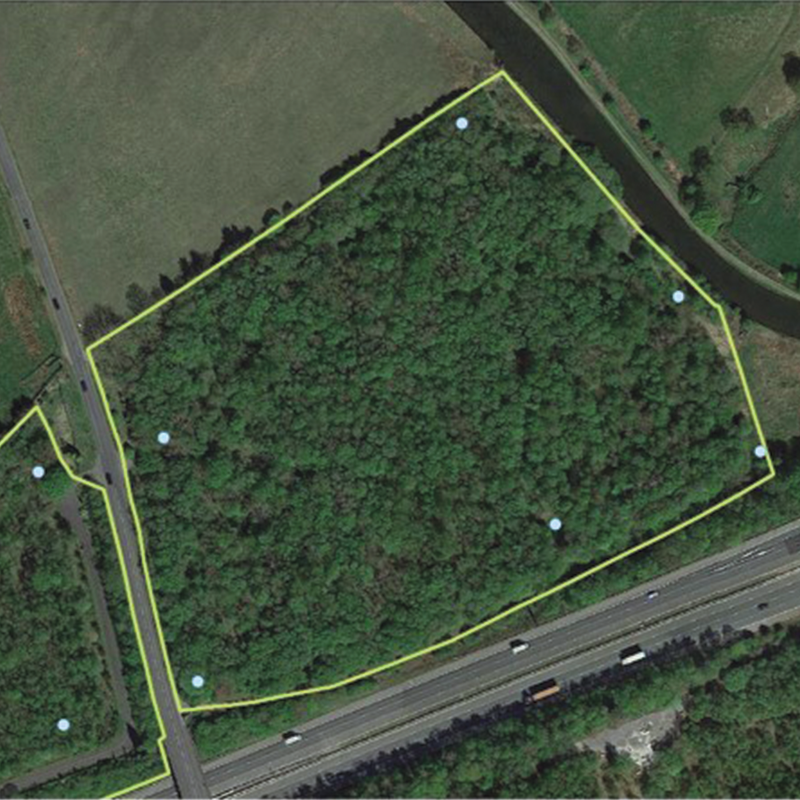
Huncoat
East
This website is here to help you explore and improve Hyndburn’s woodlands and wild spaces.
The woodland is bounded by Altham Lane to the west and a path to the south that runs between the woodland and the M65. The proximity to the motorway means the woodland is quite noisy.
There are no footpaths within the woodland and management of this woodland is based on enhancing the woodland tree species and biodiversity.
There are extensive patches of the invasive Himalayan Balsam alongside the canal boundary but this is being controlled by volunteers who annually ‘pull’ the balsam to stop it spreading. The ground is also wet in places.
Get there by public transport:
Buses to Huncoat Village are the number 9.
Huncoat is serviced by a rail station with a 1 mile walk North towards the site on Altham Lane from the station.
Grid reference: SD 7777 3165
What3Words: clean.winks.toys
Nearest postcode: BB5 5JF
Owner: Lancashire Council
Size of site: 4.50 hectares (approx.)
Initial Planting year: 1984
Age: 38 years
As part of the management process for all the woodlands we commissioned the Lancashire Wildlife Trust to undertake a ‘Woodland Condition Survey’ of the woodland. This is a relatively quick and simple way of assessing the overall health of a woodland as it looks at indicators such as native trees and shrubs, the maturity of trees, deadwood, natural regeneration of trees and invasive species. The survey gives an overall score out of 100.
The first survey of this woodland took place in May 2019 (downloadable below) and the woodland scored 70 out of 100, 70%. Compared to the average score for other woodlands across Hyndburn (75%) this shows that Huncoat East is in a poorer condition than the average woodland in Huncoat.
Download Huncoat East Woodland Condition Assessment
A follow up survey was undertaken in May 2021 by John Lamb of the Lancashire Wildlife Trust as part of a volunteer training session. The results of this survey are not known yet.
As well as scoring a woodland, the survey also highlights ways of increasing the woodland score.
For Huncoat East, these include:
- Allowing trees to mature (long-term)
- Thinning the tree canopy to allow light to reach the woodland floor (short to medium term)
- Create more deadwood (short to medium term)
- Remove non-native trees (short to medium term)
- Control the Himalayan Balsam (short to medium term)
The above points will be included in the management plan for the woodland.
Species of Trees and shrubs recorded on site: alder, grey alder, aspen, birch, bird cherry, goat willow, guelder rose, hazel, hawthorn, holly, rose, sycamore, oak
Species of Plants recorded on site: bramble, bryophytes, creeping buttercup, dandelion, nettle, hogweed, Male-fern, Broad Buckler-fern, Lady-fern, Lesser Celandine, Broad-leaved Willowherb, Wild Angelica, Selfheal, Cleavers, Common Sorrel, Marsh Thistle and Water Horsetail, Opposite-leaved Golden-saxifrage, Hedge Woundwort, Wood Avens
Grasses (Rough Meadow-grass, Reed Canary-grass, Tufted Hair-grass and Yorkshire-fog)
Species of Birds observed on site: Great Tits, Blue Tits, Blackbirds, Sparrow hawk, song thrush, Mistle thrush, Robin
The site was originally acquired by LCC from Sir Robert Peel and other private individuals.
It was originally used for sand and gravel extraction for the local construction industry.
The local area is given over mainly to agriculture. Nearby Warcock Green Farm dates from the late 1700s but a green lane running next to the property is dated to the medieval period.
